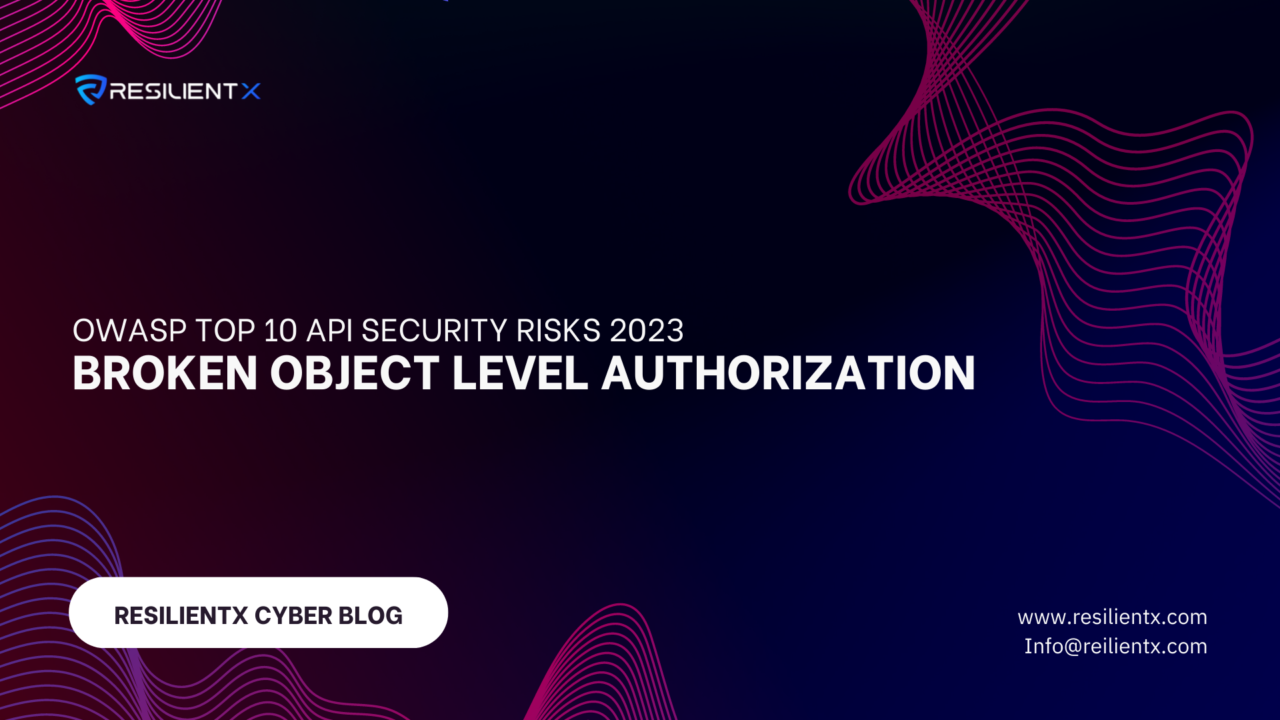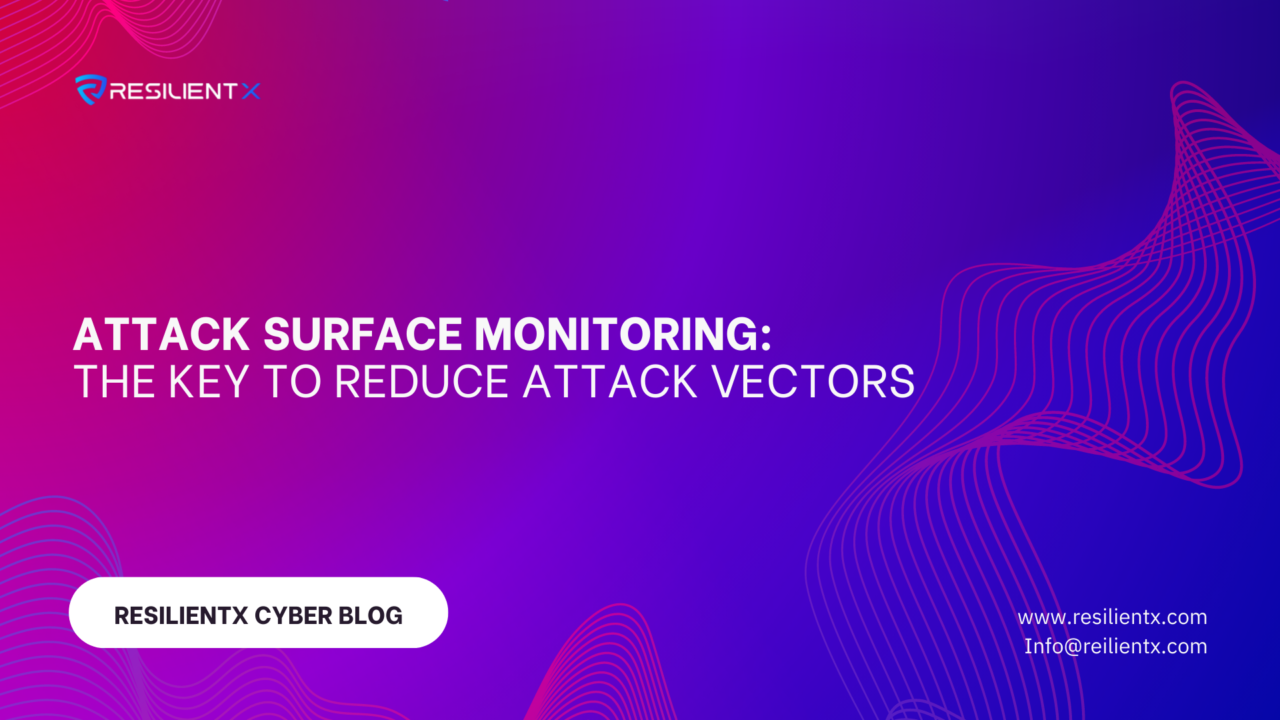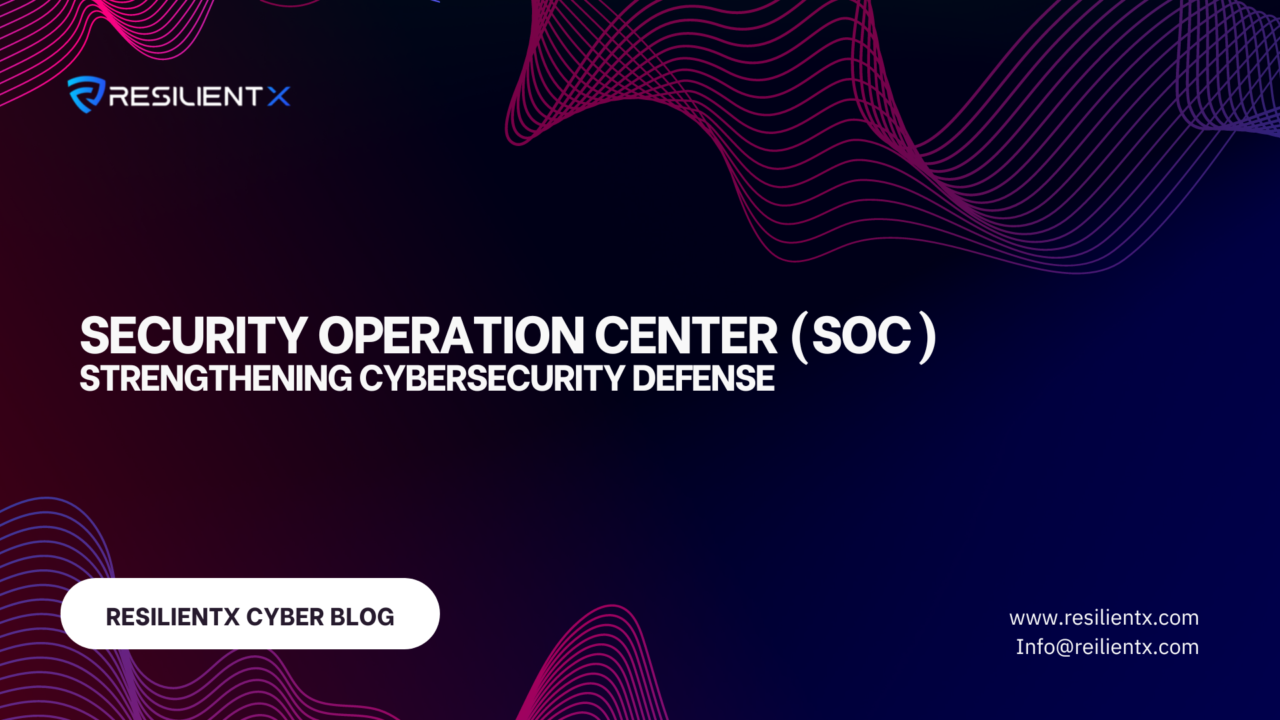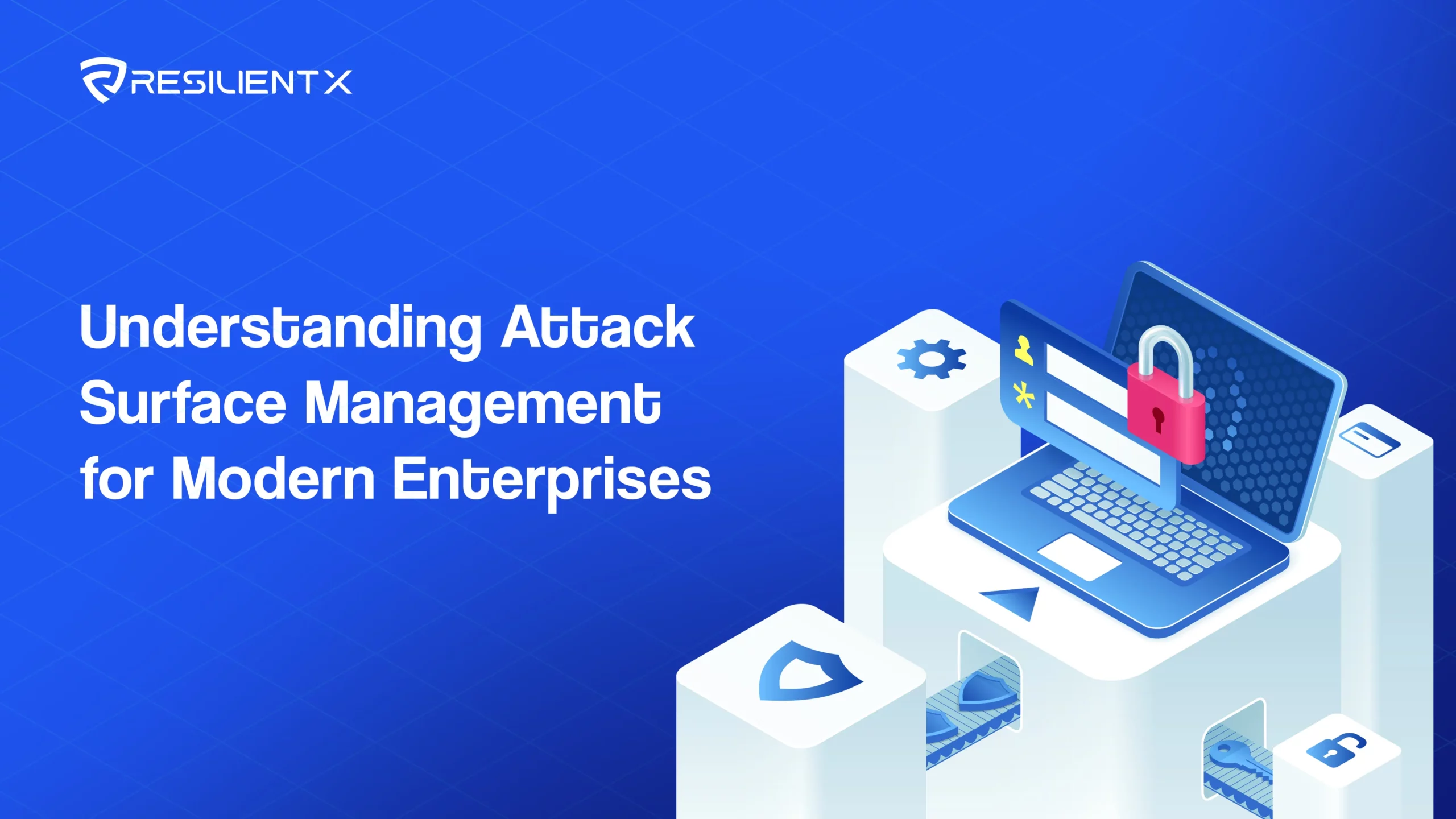
In the ever-evolving landscape of API security, organizations must be vigilant in identifying and addressing potential vulnerabilities. One significant risk that developers and maintainers should be aware of is broken object-level authorization, denoted as API1:2023 in the OWASP API Security Top 10 for 2023. This particular vulnerability exposes APIs to exploitation by attackers who manipulate object identifiers within requests, granting unauthorized access to sensitive data.
APIs facilitate seamless communication and data exchange between systems, making them a prime target for malicious actors. With broken object-level authorization, attackers can tamper with object IDs, which are often transmitted through request parameters, headers, or payloads. By manipulating these IDs, attackers can bypass access control mechanisms and gain unauthorized entry into resources.
The consequences of broken object-level authorization are far-reaching and can have severe implications for businesses and individuals alike. Unauthorized access to other users’ objects can lead to data breaches, information disclosure, data manipulation, or even complete account takeover. Therefore, organizations must prioritize the implementation of robust security measures to safeguard against this threat.
To determine if an API is susceptible to broken object-level authorization, it is crucial to assess the presence and effectiveness of object-level authorization checks. These checks should be implemented in every API endpoint that interacts with objects, ensuring that only authorized users can perform actions on specific resources. Merely comparing the user ID extracted from a JWT token to the vulnerable ID parameter is not sufficient, as it fails to address the broader scope of object-level authorization vulnerabilities.
To gain a deeper understanding of the risks associated with broken object-level authorization, let’s explore additional attack scenarios:
Scenario #1: Financial Analytics Platform A financial analytics platform offers users access to sensitive financial data and reports. By inspecting API requests, an attacker identifies a predictable pattern in the endpoint URLs used to retrieve specific financial reports. Leveraging this knowledge, the attacker manipulates the object IDs in the requests and gains unauthorized access to financial reports of other users, potentially leading to the exposure of confidential information and financial fraud.
Scenario #2: Healthcare Records Management System A healthcare records management system allows authorized medical professionals to access patient records. The system relies on API endpoints that include patient IDs in the requests. Exploiting a broken object-level authorization vulnerability, an attacker manipulates the patient IDs, granting them unauthorized access to sensitive medical records. This breach compromises patient privacy, violates regulatory compliance, and may result in medical identity theft.
Scenario #3: Cloud Storage Service A cloud storage service enables users to store and retrieve files securely. However, a vulnerability in the API’s object-level authorization allows an attacker to manipulate the object IDs in requests, gaining unauthorized access to files belonging to other users. This breach of confidentiality poses a significant risk, as it exposes sensitive documents, intellectual property, or personal information, potentially leading to reputational damage and legal ramifications.
To mitigate the risk of broken object-level authorization, organizations should implement comprehensive security measures:
- Establish a robust authorization mechanism that incorporates user policies and hierarchy, ensuring that access rights are properly enforced.
- Validate user permissions for each requested action on an object, ensuring that only authorized users can interact with specific resources.
- Employ randomized and unpredictable object identifiers (e.g., GUIDs) to make it harder for attackers to manipulate or guess object IDs.
- Conduct thorough security testing, including vulnerability assessments and penetration testing, to identify and remediate any weaknesses in the object-level authorization implementation.
- Continuously monitor and update the API security posture, staying vigilant against emerging threats and evolving security best practices.
By addressing broken object-level authorization effectively, organizations can enhance the security of their APIs, protect sensitive data, and maintain the trust of their users. A proactive and comprehensive approach to API security is essential in the face of ever-evolving cyber threats.
ResilientX Dynamic Application Security Testing and API Security Testing
ResilientX offers cutting-edge Dynamic Application Security Testing (DAST) and API Security Testing capabilities that can help customers identify and mitigate risks associated with this specific threat. By leveraging ResilientX’s advanced security testing tools, organizations can strengthen their API security posture and protect against unauthorized access to sensitive data. Here’s how ResilientX’s solutions can assist in detecting and preventing broken object-level authorization:
Comprehensive Vulnerability Scanning
- ResilientX’s DAST and API Security Testing tools perform comprehensive vulnerability scanning across API endpoints, thoroughly examining requests and responses for potential vulnerabilities.
- The scanning process includes analysis of object identifiers and their usage within API calls, enabling the identification of broken object-level authorization vulnerabilities.
- Through intelligent scanning techniques, ResilientX’s tools provide extensive coverage, detecting security weaknesses that could be exploited by attackers.
- ResilientX’s solutions meticulously analyze the authorization mechanisms implemented within API endpoints to identify gaps in object-level authorization.
- By scrutinizing how object IDs are validated and authorized, the tools can detect instances where proper checks are missing or inadequate, leading to potential vulnerabilities.
- The testing tools provide detailed reports highlighting specific areas where broken object-level authorization exists, allowing organizations to prioritize remediation efforts.
- ResilientX’s tools go beyond identifying vulnerabilities; they also simulate attacks to validate the effectiveness of existing security controls.
- By emulating real-world attack scenarios that exploit broken object-level authorization, the tools can assess the impact and severity of potential breaches.
- The attack simulation feature allows organizations to understand the consequences of successful exploitation, enabling them to strengthen their defenses and implement appropriate countermeasures.
Continuous Monitoring and Compliance
- ResilientX’s testing tools offer continuous monitoring and compliance features, ensuring ongoing protection against broken object-level authorization vulnerabilities.
- Organizations can establish automated security scans to detect any new instances of broken object-level authorization as APIs evolve.
- Continuous monitoring allows for proactive remediation, reducing the window of opportunity for attackers to exploit vulnerabilities.
- ResilientX’s solutions also assist organizations in adhering to industry standards and compliance regulations, ensuring that APIs meet the necessary security requirements.
ResilientX’s Dynamic Application Security Testing and API Security Testing capabilities provide organizations with powerful tools to detect and prevent broken object-level authorization vulnerabilities. By leveraging comprehensive vulnerability scanning, attack simulations, secure code review, continuous monitoring, and collaboration features, organizations can strengthen their API security posture and protect against unauthorized access to sensitive data.



